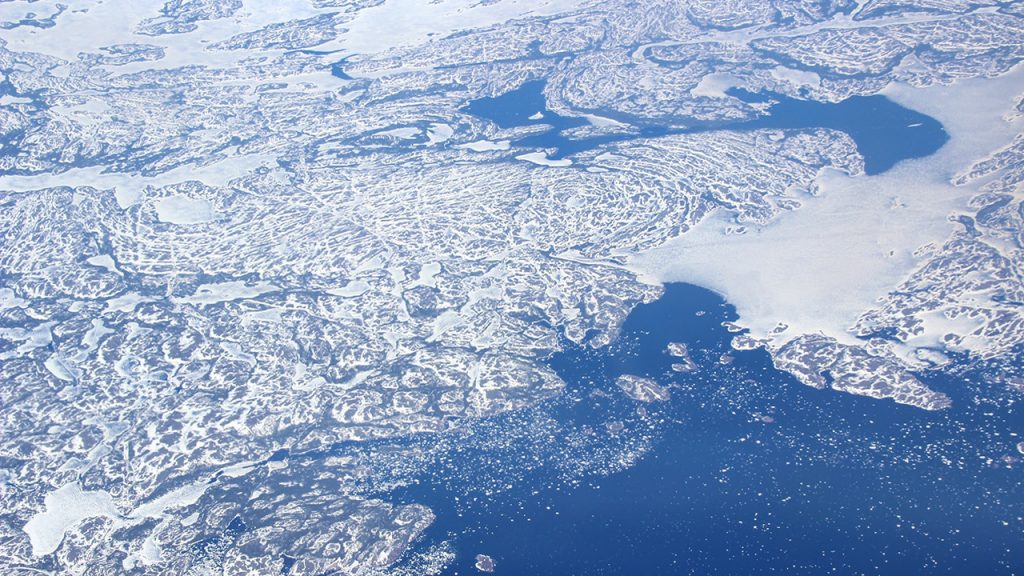
Methane measurements in the Arctic Circle may be critical to controlling global temperature rise
A team of researchers are working to uncover the causes of a mysterious rise in atmospheric methane, which threatens to derail plans to limit global temperature rise.
Their latest measurement campaign took place in the Arctic Circle, where researchers have identified that melting permafrosts are one potential source of increasing methane emissions.
Methane is a powerful greenhouse gas and emissions have been rising rapidly over the last ten years. Its warming effect on our climate is around 34 times greater than carbon dioxide over a one hundred year period.
Researchers are unclear exactly what is causing the recent rise in atmospheric methane, but controlling emissions may be necessary in order to meet the Paris Agreement, an international agreement to limit global temperature rise.
Scientists from the universities of Manchester, York and Royal Holloway collected methane measurements directly above Arctic wetlands onboard a specially adapted research aircraft, operated by the National Centre for Atmospheric Science.
Methane measurements
Researchers were based in Kiruna, the northernmost town in Sweden, on the lookout for spikes in methane concentrations over the Arctic Ocean. They can calculate the source of the methane by looking at the exact chemical make-up of molecules. For example, methane emitted by burning fossil fuels is depleted in the isotope carbon-13, and this is known as the molecule’s isotopic signature.
The aircraft also passed by oil and gas platforms in the North Sea, which are known to be significant sources of greenhouse gases. The industry is being monitored as part of a United National Environment initiative to control their greenhouse gas emissions.
Researchers hope their measurements will show the relative importance of methane from different sources, and with this knowledge in hand, they can find the most effective ways of limiting global methane levels.
Although methane is released from seas and soils in the Arctic as part of a long-term natural process, global warming is rapidly accelerating this process. This becomes an even bigger problem when released methane feeds back into the same process and warms the atmosphere further.
The flights were part of a long-term study of atmospheric methane, called the Methane Observations and Yearly Assessment (MOYA) project, which carries out a set of routine observations every year.
Climate urgency
However, this year’s flights served a worrying reminder about the urgency of the climate crisis because the aircraft passed through plumes of pollution released from wildfires in Finland and Siberia.
This is the first fire we’ve seen in this region in four years of summer flying campaigns.
It gave us the opportunity to also sample emissions from Arctic biomass burning, which could improve how Arctic fires are represented in global climate models.
Professor Grant Allen, University of Manchester
Methane measurements collected by the research aircraft will be used in combination with long-term observations from laboratories around the world, such as Antarctica, the Falkland Islands and Malaysia. They will also be factored into computer models that aim to simulate potential future increases in methane.
